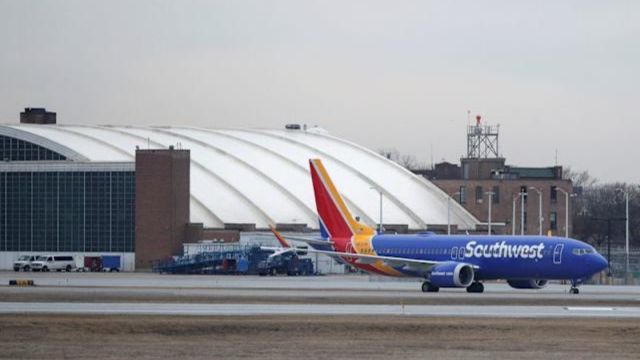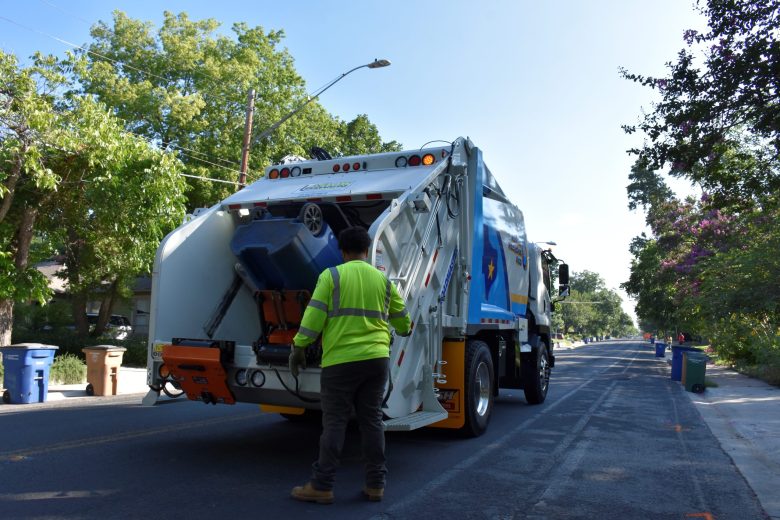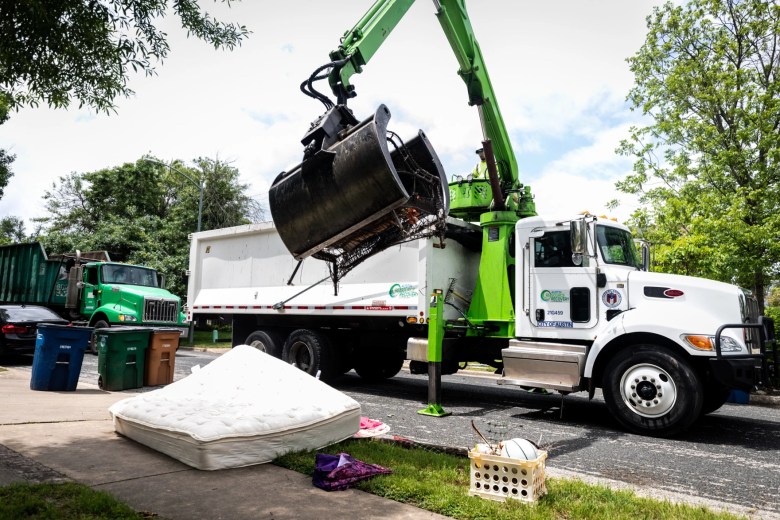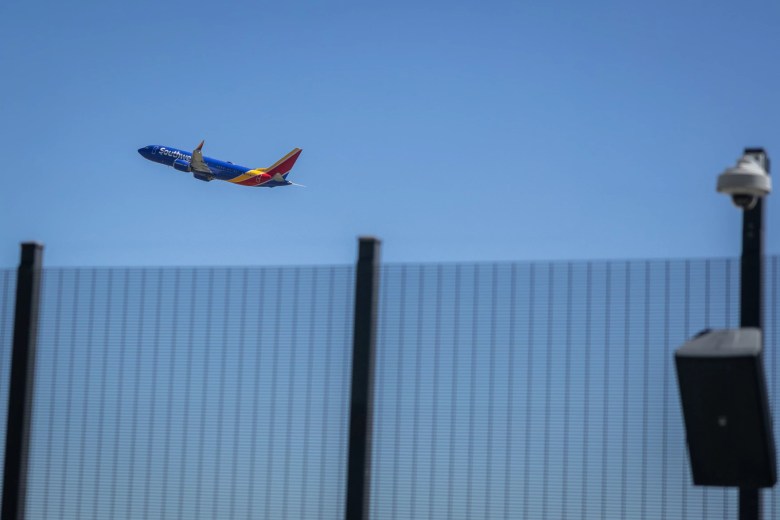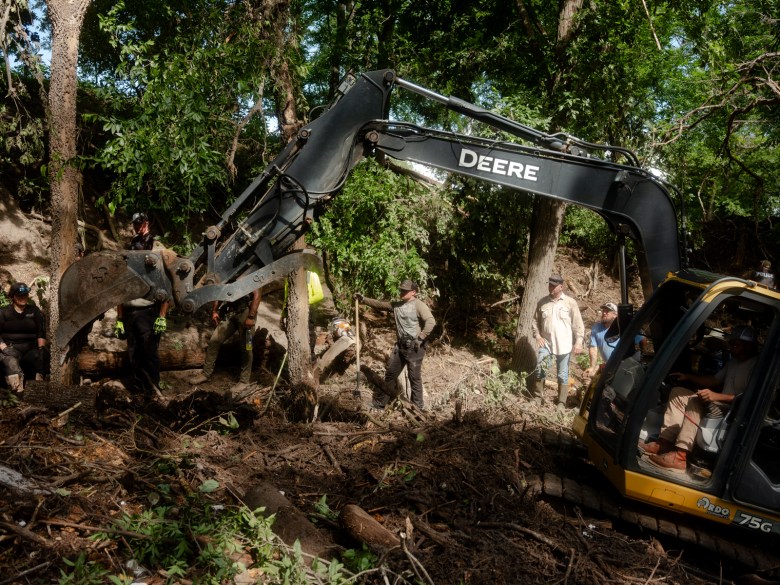A Southwest Airlines flight came dangerously close to colliding with a business jet at Chicago Midway Airport on February 25, coming within 200 feet before the Southwest pilot quickly aborted the landing, U.S. safety officials reported on Tuesday.
The incident happened when a FlexJet Challenger business jet mistakenly entered the runway without clearance, forcing the Southwest Boeing 737-800 to pull up and circle around for another landing attempt, a maneuver known as a go-around.
According to the National Transportation Safety Board (NTSB), the Southwest first officer spotted the business jet moving onto the runway and realized it wasn’t stopping. He immediately called for a go-around, and the captain executed the maneuver to avoid a crash.
The FlexJet crew later explained that the air traffic control instructions seemed unclear. They initially misunderstood the directions and read them back incorrectly. However, the ground controller quickly reissued the instructions and received a correct response.
Additionally, the FlexJet crew reported that glare from the sun made it hard to see from the right side of the aircraft. They did not recall noticing any hold short lines or pavement markings and were unaware of the Southwest jet’s approach.
The NTSB noted that an air traffic controller instructed the FlexJet jet to stop short of the runway, but the crew never acknowledged the message.
In response to the incident, the Federal Aviation Administration (FAA) announced it is taking steps to address safety concerns related to general aviation and business jets.
Following the Chicago event, the FAA launched a safety-risk analysis focusing on close encounters between aircraft flying visually and those under air traffic control. The agency has also met with general aviation and business jet groups to discuss safety improvements.
Concerns about U.S. aviation safety have grown over the past two years due to several near-miss incidents, many involving small planes. The strain on understaffed air traffic controllers has also raised alarms.
To enhance safety, the FAA plans to take several actions, including reminding pilots to check for notices about potential in-flight situations, thoroughly review destination airports, stay alert by following pre-flight checklists, and closely monitor onboard collision warnings.
